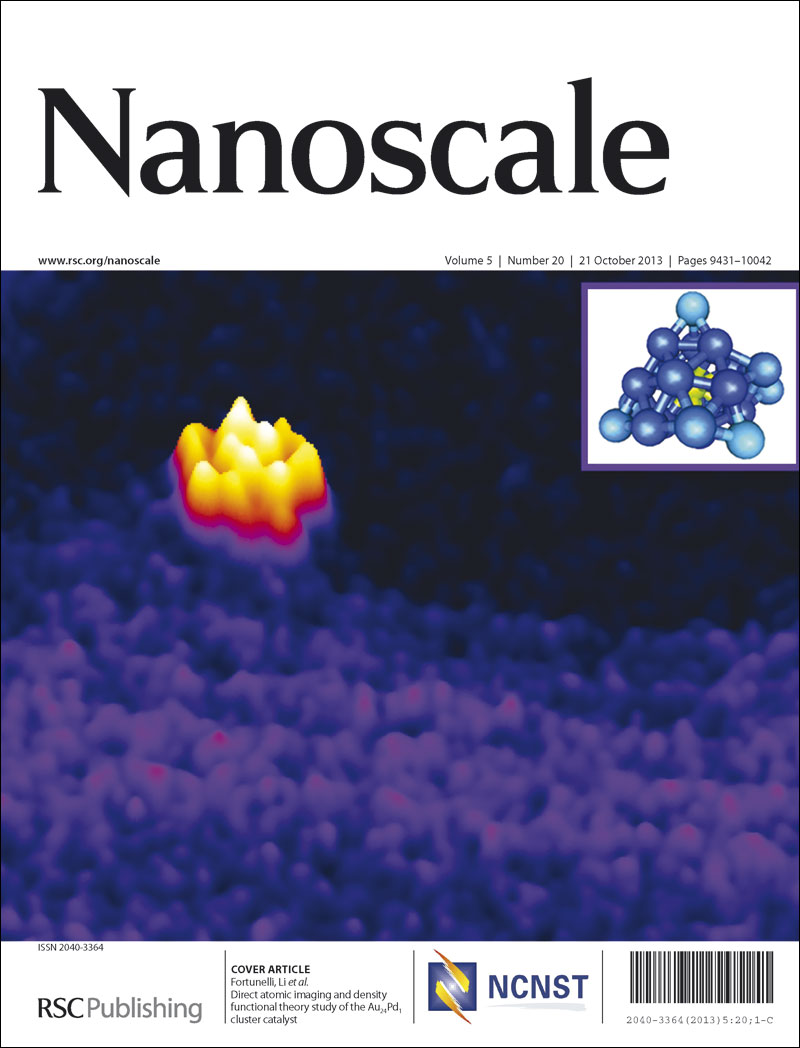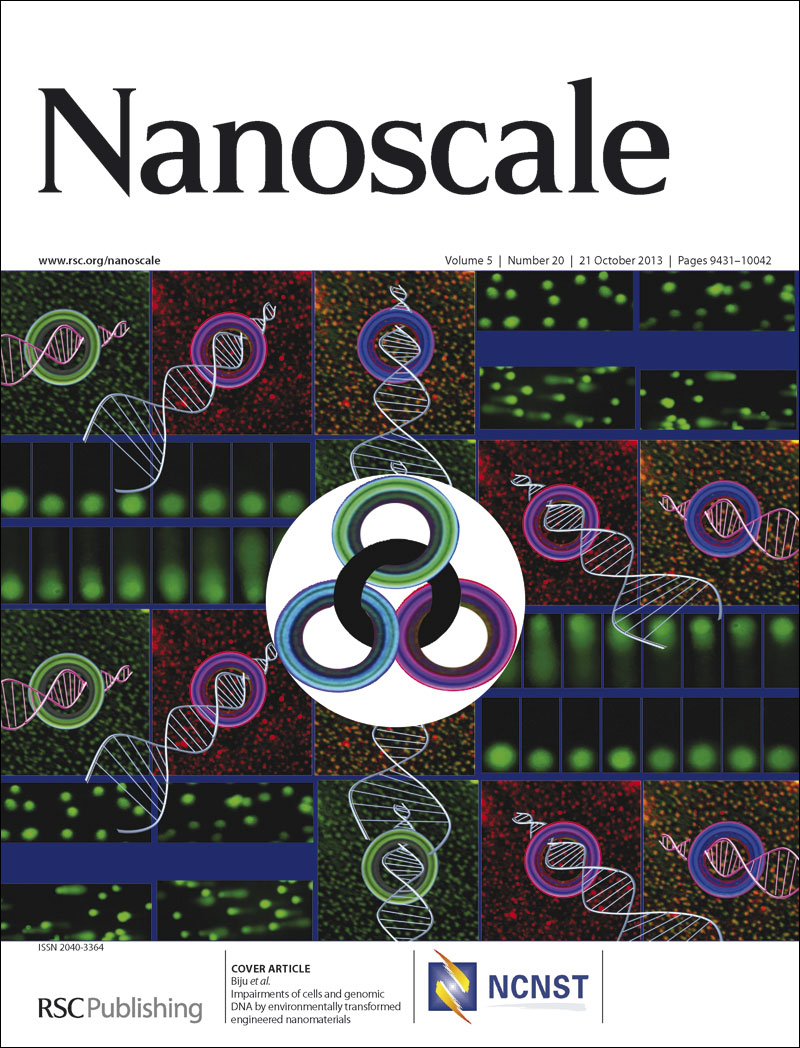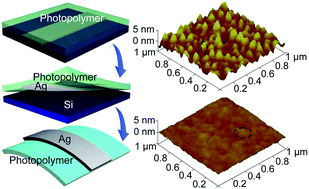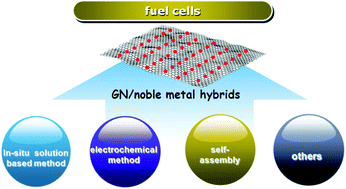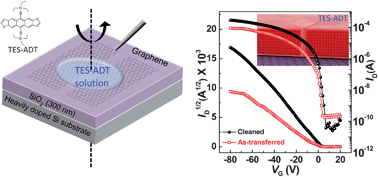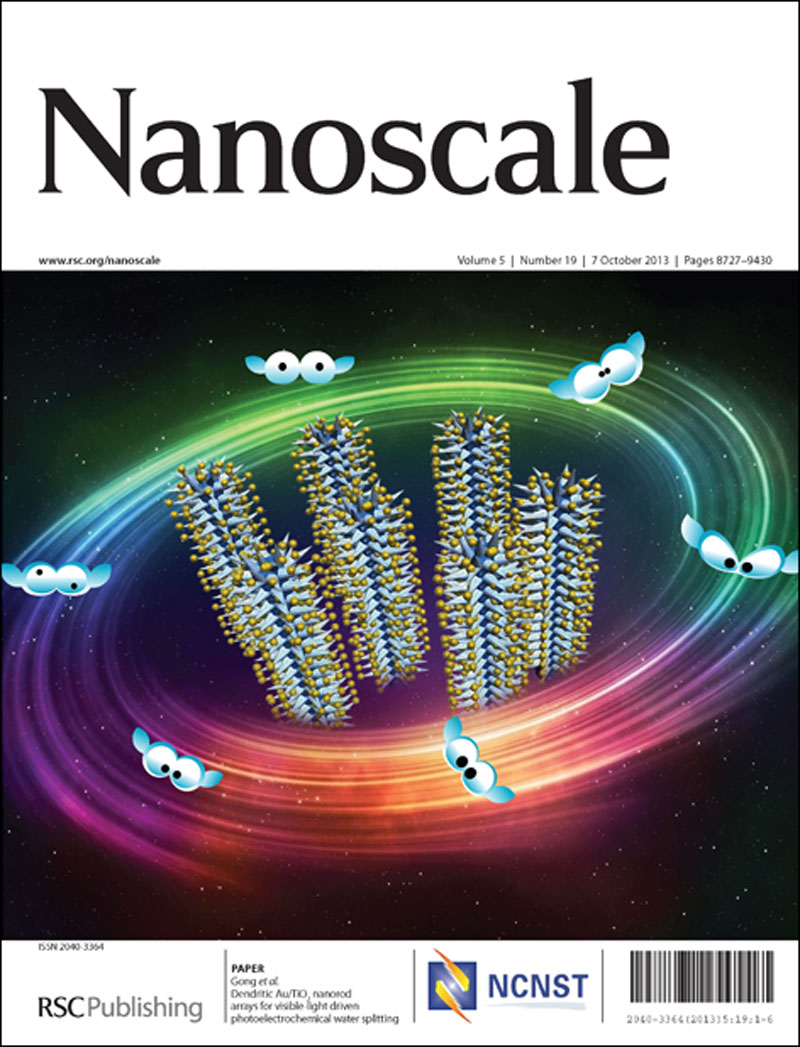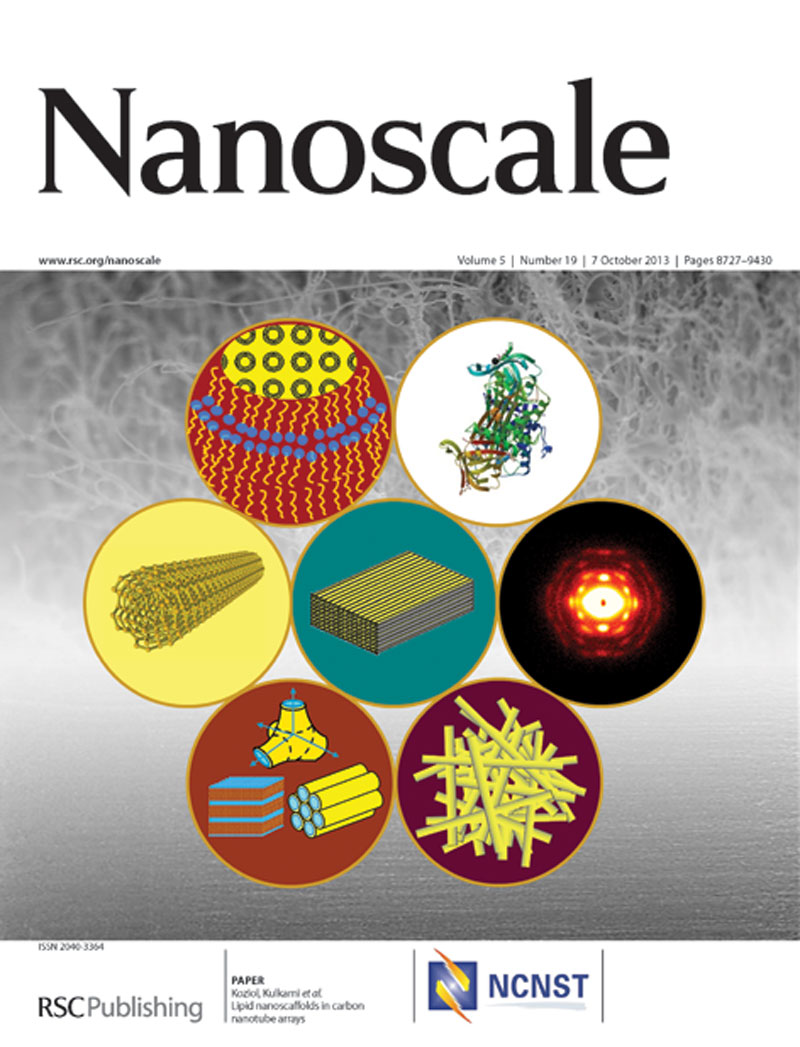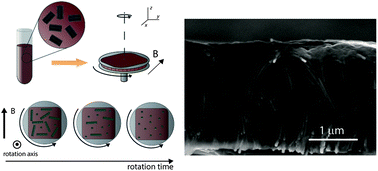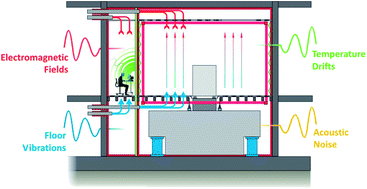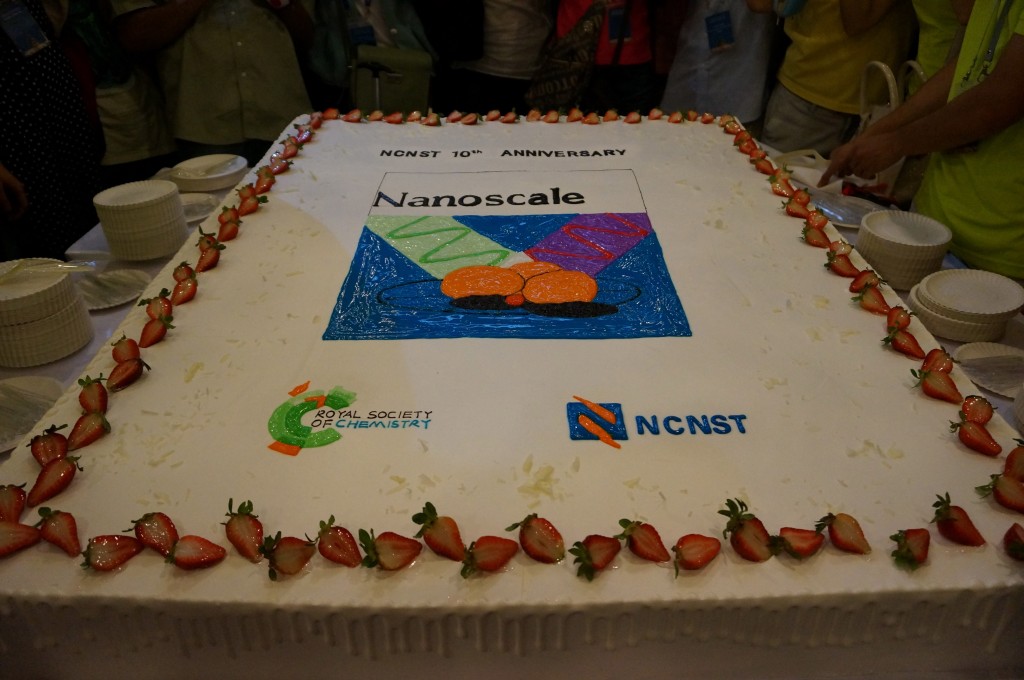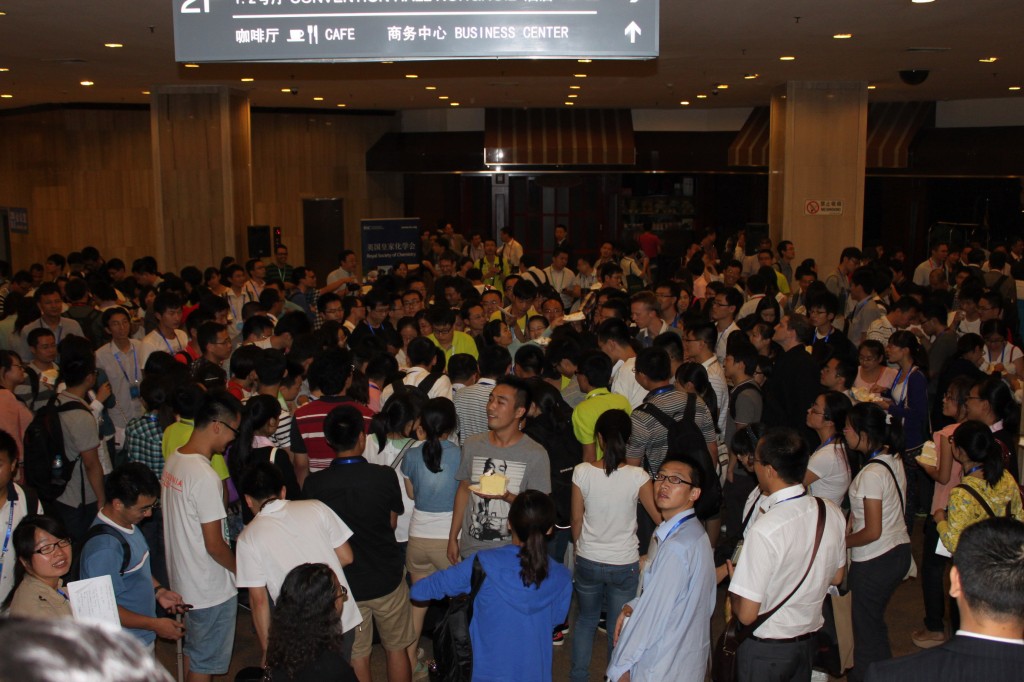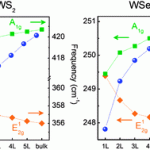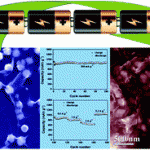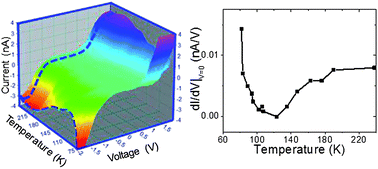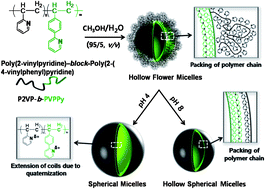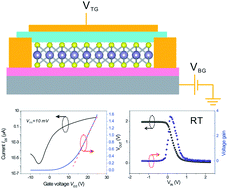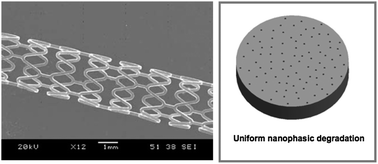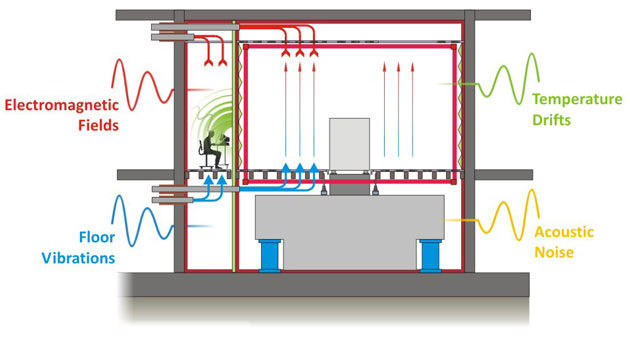 Take a look at this week’s selection:
Take a look at this week’s selection:
A ZnO nanowire-based photo-inverter with pulse-induced fast recovery
Syed Raza Ali Raza, Young Tack Lee, Seyed Hossein Hosseini Shokouh, Ryong Ha, Heon-Jin Choi and Seongil Im
Photocatalysts with internal electric fields
Li Li, Paul A. Salvador and Gregory S. Rohrer
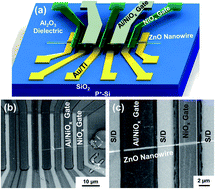 Intravenous hemostats: challenges in translation to patients
Intravenous hemostats: challenges in translation to patients
Margaret Lashof-Sullivan, Andrew Shoffstall and Erin Lavik
Exploiting shape effects of La2O3 nanocatalysts for oxidative coupling of methane reaction
Ping Huang, Yonghui Zhao, Jun Zhang, Yan Zhu and Yuhan Sun
Nanoparticle accumulation and transcytosis in brain endothelial cell layers
Dong Ye, Michelle Nic Raghnaill, Mattia Bramini, Eugene Mahon, Christoffer Åberg, Anna Salvati and Kenneth A. Dawson











